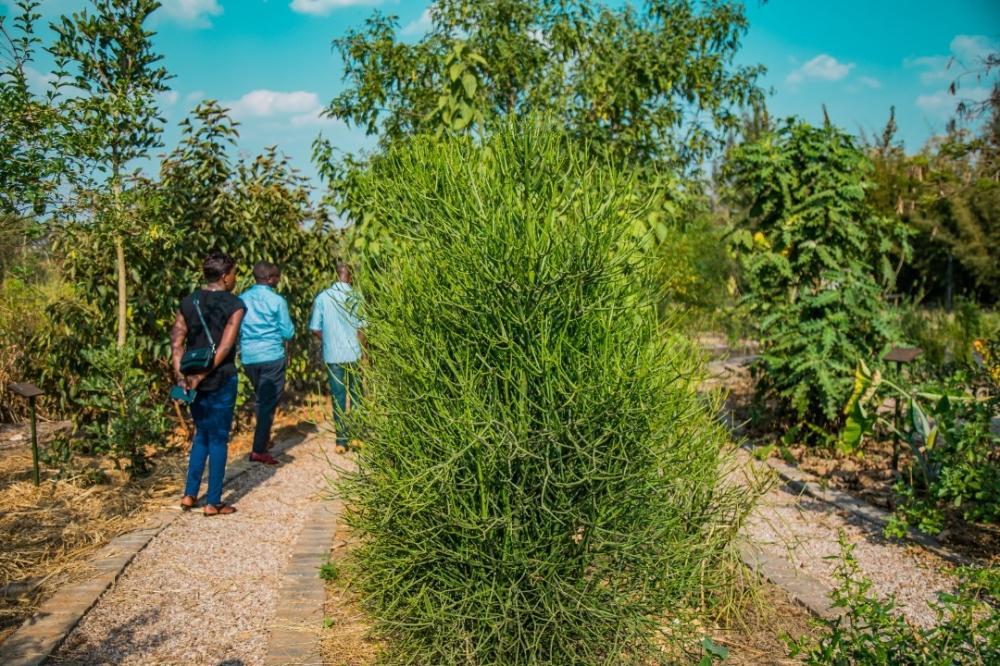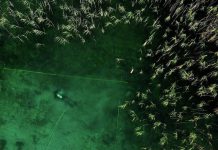Africa-Press – Rwanda. At least 50 percent of all trees planted in Rwanda’s urban areas should be native species, according to new guidelines issued by the Rwanda Forestry Authority (RFA). The move aims to green cities, restore biodiversity, and improve resilience against the impacts of climate change.
Native trees are species that occur naturally in a given ecosystem, having adapted over time to local soils, climate, and conditions. Unlike exotic imports such as pine, cypress, or oak, native species are more resistant to local pests, diseases, and weather extremes.
“These trees are a legacy of our ancestors. They were of great value to them, and remain vital to us today,” said Elyse Hagenimana, Urban Forest Management Officer at RFA. He noted that two tree seedling centres in Huye and Gatsibo will help meet the 50 percent target.
Among the species prioritised are Prunus africana (Umwumba), Croton megalocarpus (Umunege), Markhamia lutea (Umusave), and Podocarpus falcatus (Umufu). They are known for their medicinal value, potential as a biofuel source, timber and firewood production, cultural significance, carbon sequestration, ornamental appeal, and soil erosion control.
These trees provide firewood, medicine, timber, ecological benefits, and cultural heritage.
“Native trees are wind-resistant, require little maintenance, and enhance the beauty of our landscapes,” Hagenimana explained. “They also help reduce greenhouse gases, restore ecological balance, and lower regional temperatures.”
Urban greening is not just about aesthetics. In Kigali alone, over 471,000 cases of respiratory diseases were treated in 2023, according to the Rwanda Biomedical Centre. Experts link such illnesses partly to poor air quality from declining forests.
67-year-old Silas Musengamana, who has lived in Kigali for several years, recalls how native trees once shaped neighbourhoods like Kimironko and Nyarugenge—both named after tree species that have since nearly vanished.
“Rapid housing projects and urban pressure have wiped out many of these trees,” he said.
The degradation of forests on Mount Kigali, Jali, and Rebero has worsened erosion and flooding in valleys such as Nyabugogo and Gatsata, environmental experts warn.
The new RFA guidelines outline recommended species, planting techniques, and management practices for urban greening. They also call for more education, private nursery investment, and public–private partnerships to fund large-scale forestry programmes.
“Cities with thriving native trees will not only be healthier but also more attractive to tourists, with cleaner water sources and expanded recreational spaces,” Hagenimana added.
For More News And Analysis About Rwanda Follow Africa-Press






